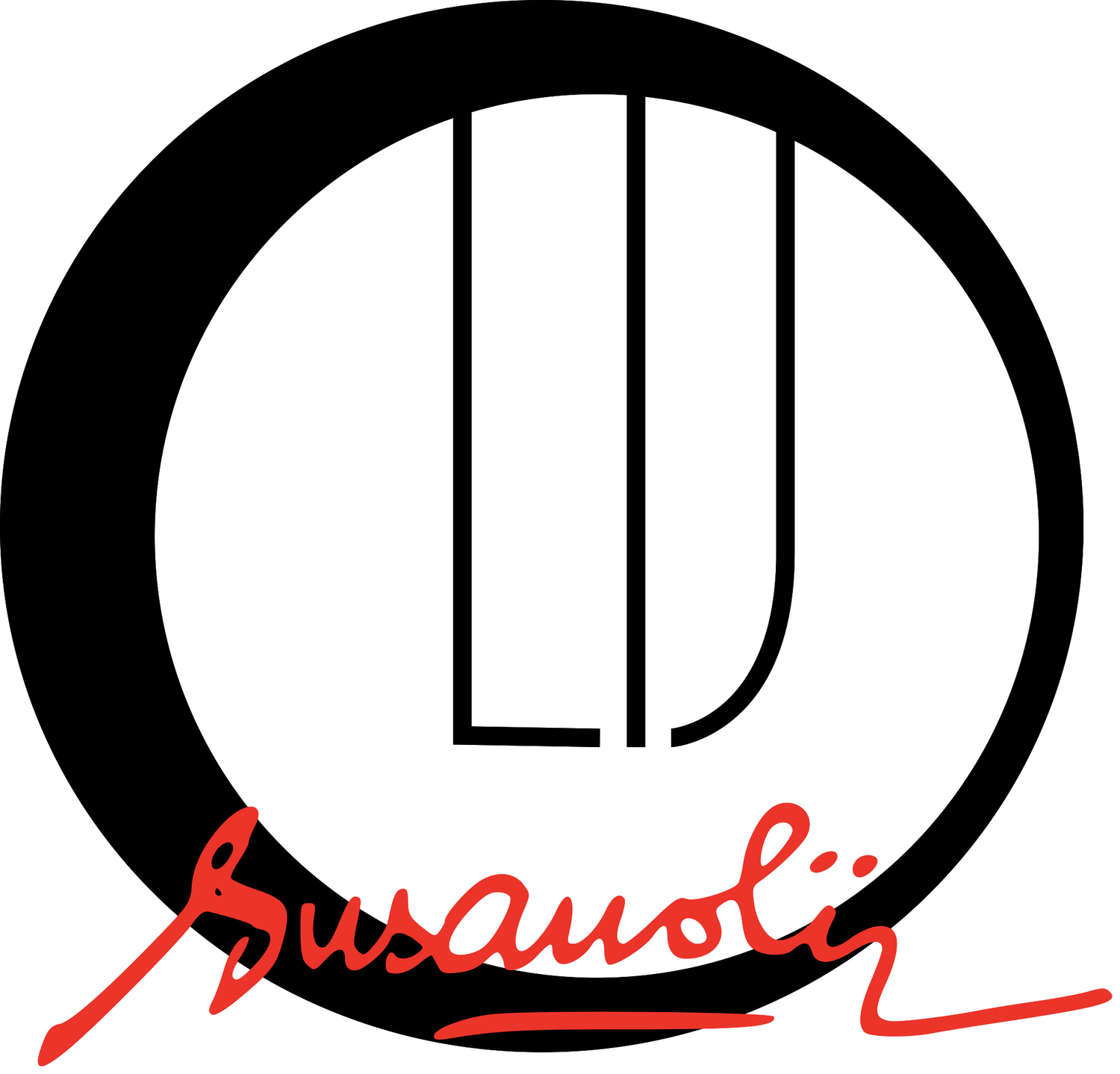Watercolours for Beginners Mind : Lesson 3. Edge and Shape
Lesson 3 Edge and Shape in Watercolours for Beginners Mind online course. This one covers everything you need to know about Edge and Shape to produce realistic watercolours objects
Sign up to read this post
Join Now
